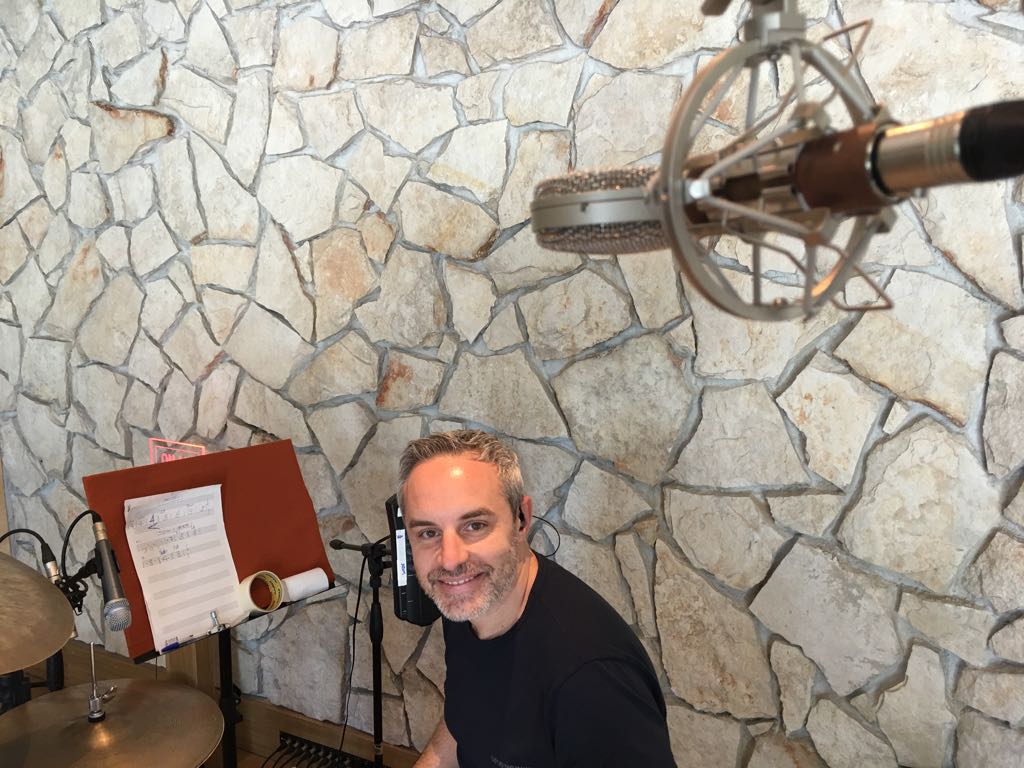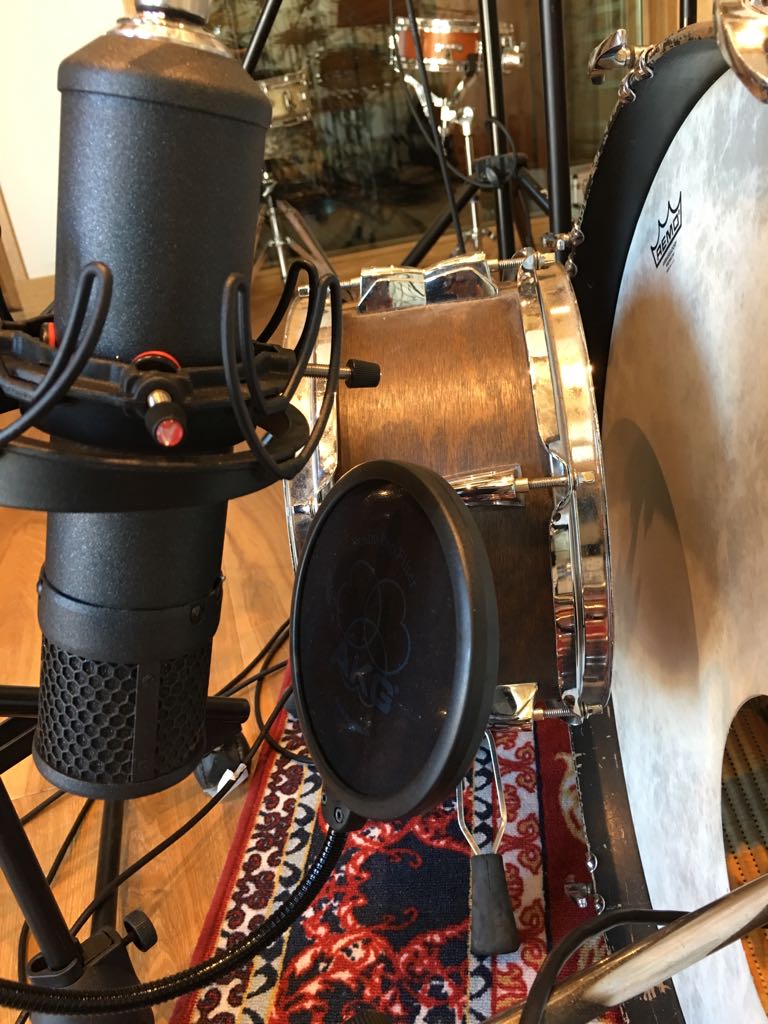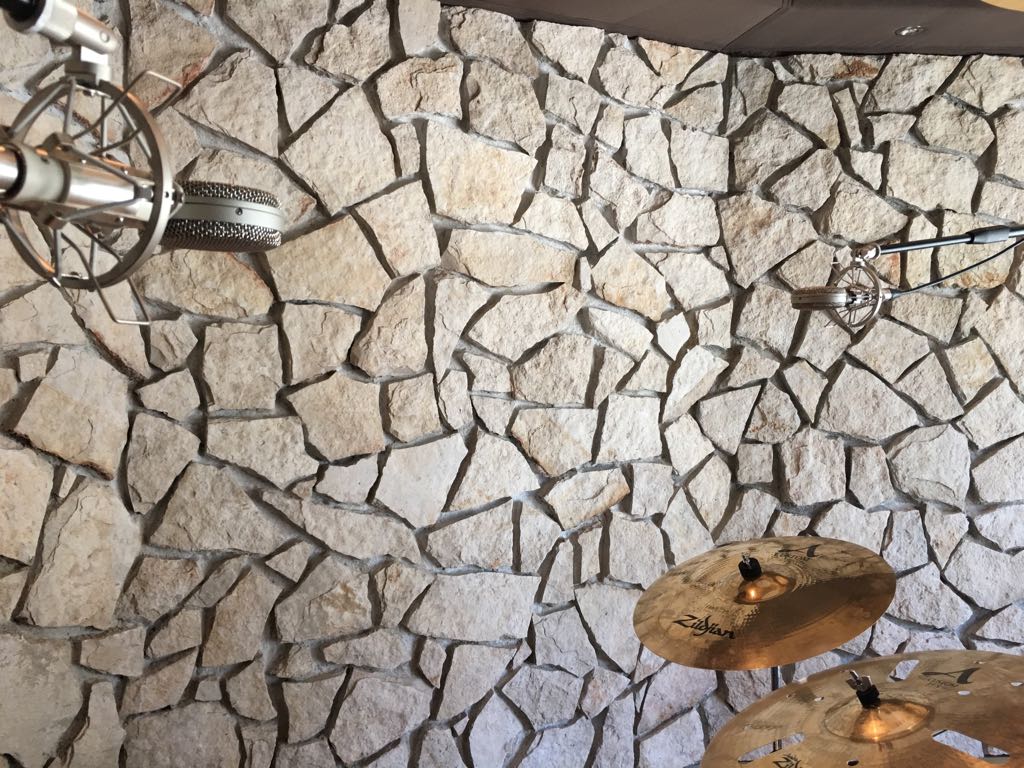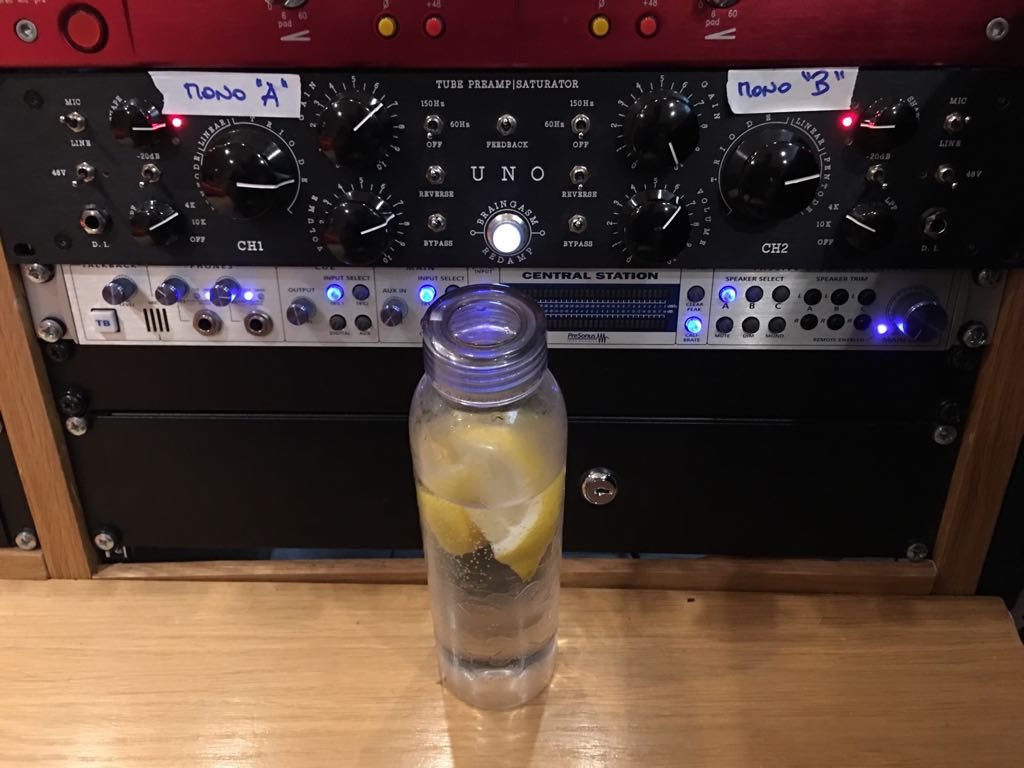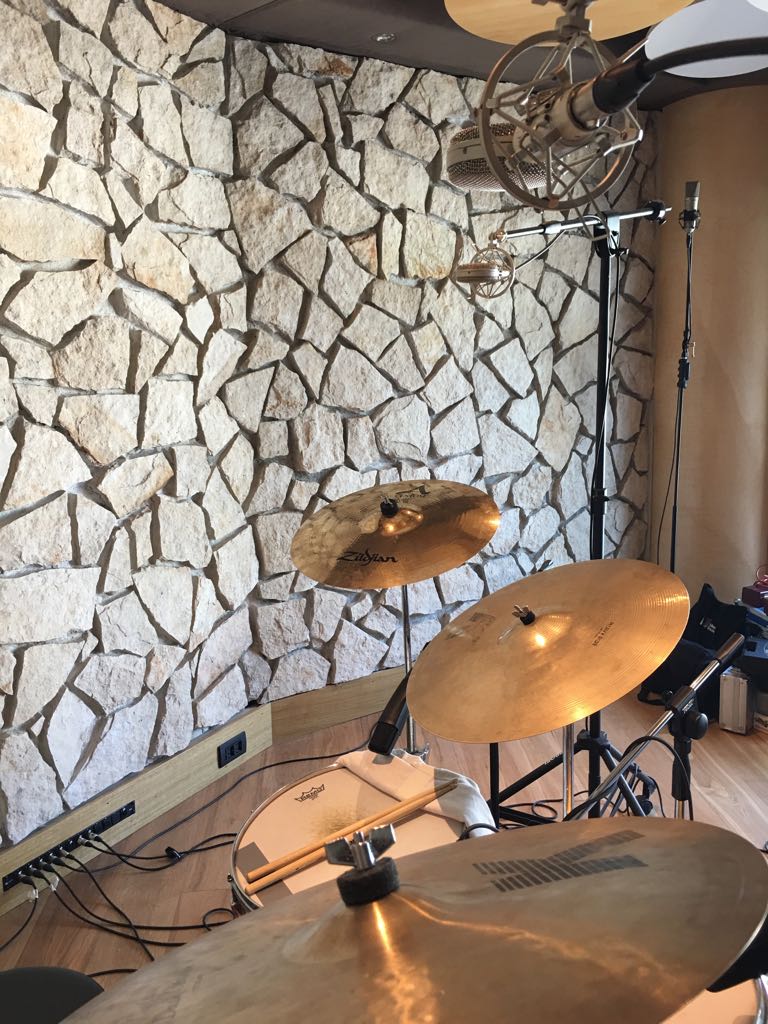In studio with Roberto Rosu. Low-end theory and Dick Mics.
/What is a world-renowned sound engineer doing at a small synth and electronic musical instruments expo? He observes carefully, looks around in search of the latest recording innovations, gathers information, asks questions, and listens attentively to the answers, genuinely interested in staying one step ahead of the current trends.
I met Roberto Rosu at the Soundmit in Turin last November, drawn to my booth adorned with prototypes of the new Braingasm microphones and the first unit of the UNO tube saturator.
Not knowing him personally, I started chatting, engaging in a long and incredibly interesting (almost philosophical) conversation about modern studio recording. We discussed avant-garde, innovation, technique, and taste, exchanged phone numbers, and scheduled a meeting in Rome to try out my microphones. At that point, the reveal: the conversation ended, and we said our goodbyes. I couldn't wait to hear his opinion on my new ideas still in prototype form. However, deep down, I didn't have high expectations. Could a master like Roberto truly be interested in discovering the sonic concept of a handcraft audio producer striving for innovation at all costs?
YES.
This same attitude reminds me of my encounter with another master, Joe Chiccarelli, exactly a year ago at the Forum Music Village in Rome during the sessions for Morrissey's "Low in High School" (easy to remember due to the near-arrest of the sad boy in a car going the wrong way on Via del Corso).
Roughly the same age, same lineage, same humanity, the same desire to engage in conversation as long as banalities aren't spoken, the same love for this profession, and some peculiar shared passions: a minimalist approach (easy, fast, and reliable), enthusiasts of low-end theory (of which I have always been a supporter), sound shaping printed in tracking, and the mandatory 'Dick Mic' on the drums.
Almost a year after Soundmit, Roberto contacts me to try out the microphones and UNO in a lighter context than mainstream productions, where there is less room for fantasy.
We meet at Tube Recording Studio with Enrico Moccia and Francesco Lupi for the sessions of Giuseppe Ricca's new album. Roberto is miking two different drum kits, with the idea of using them on different tracks of the same album based on the sound each track requires (and already here, you can understand his philosophy in recording).
As far as i remember the input list was:
Bass Drum: D12, Subkick, Braingasm Ferro
Snare: sm57 sopra e sotto (top-bottom)
Hat: KM84
Toms: MD421
Floor: MD421 (top-bottom)
Center Room: Ribbon + Binaural head
He further differentiates the two kits by mounting ribbon microphones as overheads (Coles on one kit and Braingasm on the other) and Dick Mics (SM58 and MD 441) passed through UNO to add some saturation. I follow the setup for as long as needed and bid farewell before becoming superfluous.
We meet again at his studio in Ostia to take my gear back, with the idea of conducting an interview to publish on this blog. However, in practice, we spend three hours talking once again about new trends in studio recording, electronic avant-garde, innovation, and technique.
Time passes, and every now and then, I think, 'focus, ask the questions you wanted to ask, record the conversation,' but instinctively, I chose to push distractions away and live that moment as an unmissable opportunity for personal and professional enrichment.
It's quite like going to concerts, being close to the stage, sweating instead of watching through your phone and worrying about posting live streaming on Facebook.
Let’s meet in the pit.
Roberto Rosu’s discography on:Discogs





